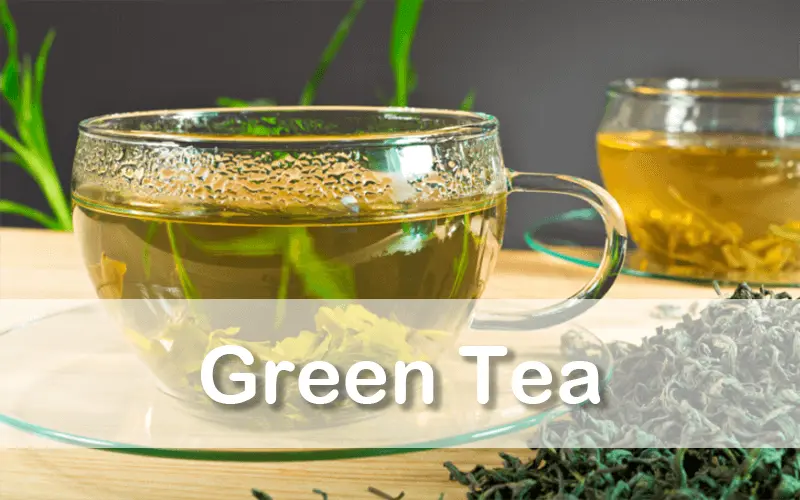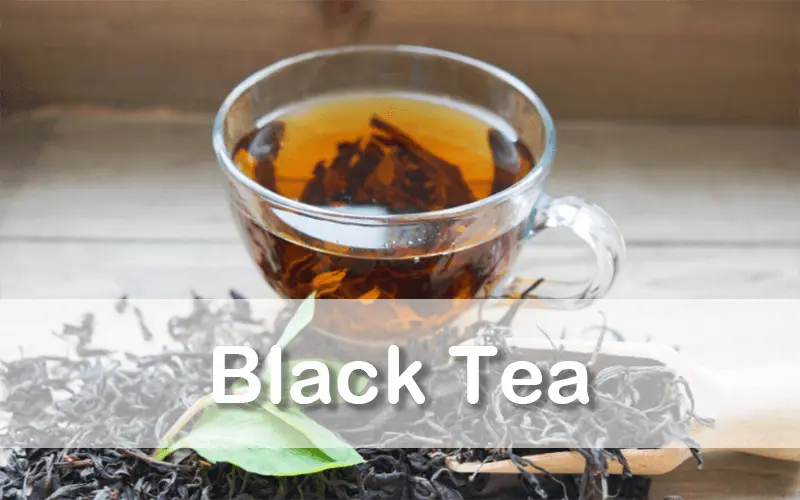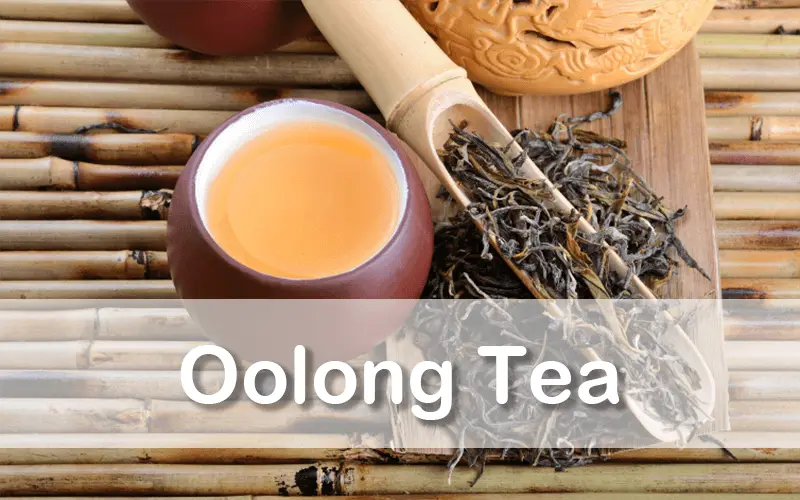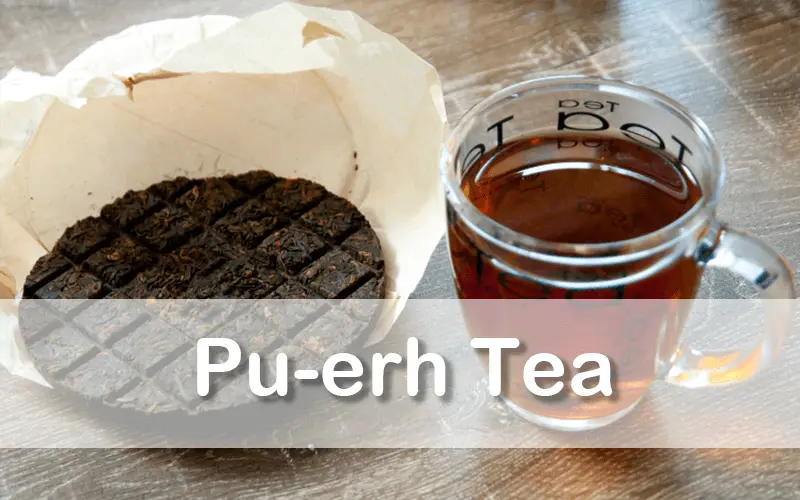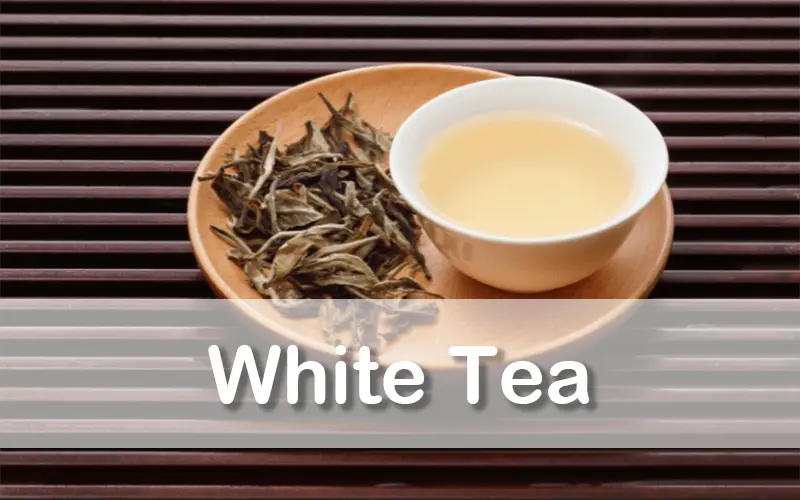Longjing tea, also known as Dragon Well Tea, a traditional Chinese green tea, is loved by many enthusiasts for its unique fragrance of bean flowers.
Whenever we taste Longjings at different price points, we can’t help but wonder – why do relatively cheap Longjings taste like canned beverages while more expensive ones are so enjoyable?
Of course, some say that Price determines quality, which is true. But let’s look deeper – why can Dragon well long jing be so expensive? Join me in exploring the inner world of Longjing tea!
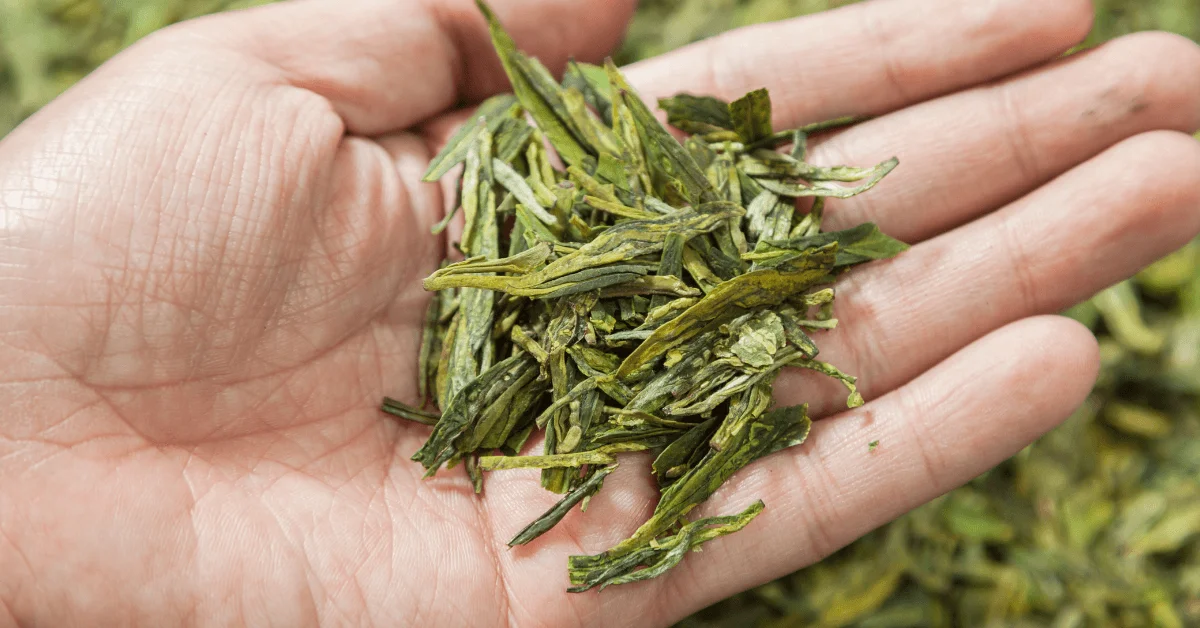
From a tea studies perspective in China, 4 main factors influence tea quality: origin, processing, season, and cultivar. The Longjing tea we’ll discuss today also follows this framework.
Quick Answer
When discussing expensive Longjing teas, we usually refer to Xihu Lake Longjing. Here are the reasons why they are so pricey:
- Origin: Xihu only covers an area of 35 square miles.
- Processing: Traditionally, hand-roasted premium Longjing takes 5 hours to produce 500g(not including the tea picking).
- Season: As we all know, there are two peak seasons – before the Qingming Festival and before the rains.
- Cultivar: Authentic Longjings like Xihu Longjing use “blended varieties.” It has been for over 1000 years. “Longjing #43” is also one of the best Longjing teas.
As you can see, all the data points to a straightforward fact: supply cannot meet demand.
But I think when you Google “Why is Longjing tea so expensive?” you likely want more than this obvious answer.
Let’s follow me as we analyze from these four angles to gain a deeper understanding. Let’s delve further into the intricacies that make Longjing tea so coveted.
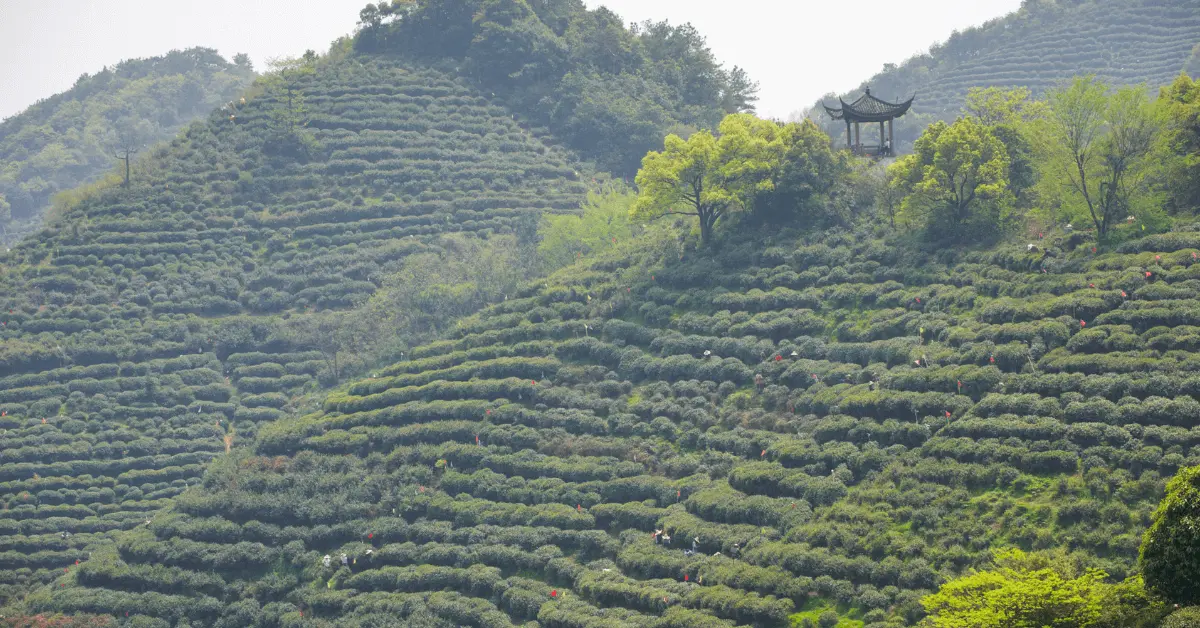
Main Regions of Longjing Tea
- Xihu Longjing: Longjing teas are produced using traditional techniques and grown in the protected Xihu region, including blended varieties, Longjing #43, and long-leaf Longjing.
- Other Longjings: Longjing teas follow traditional processing but are grown in Dafuo Longjing, Yuexiang Longjing, and Fuyang Longjing.
You likely noticed the critical difference already – it’s not just about origin, but also cultivar.
Don’t worry. I’ll explain this step-by-step to provide a new perspective on Longjing classification. This background helps explain why some Longjings command exorbitant prices.
Xihu Lake Dragon Well Tea
Grade #1 Growing Area
” The rarest Longjing teas cost $300-1500 per 500g, with demand far outpacing supply. These prized Longjing teas are extremely limited in quantity. Getting your hands on the premium grades requires connections in China. “
It’s widely known that the most famous and expensive Longjing teas come from Xihu in Hangzhou, China.
Many assume all Longjing originates here. In truth, this esteemed appellation belongs only to teas grown in Xihu Lake itself. Authentic Xihu Longjing hails solely from the protected region surrounding Hangzhou’s famed West Lake. No Longjing from elsewhere can rightfully be called Xihu Longjing.
This severely limits annual production to a tiny region.
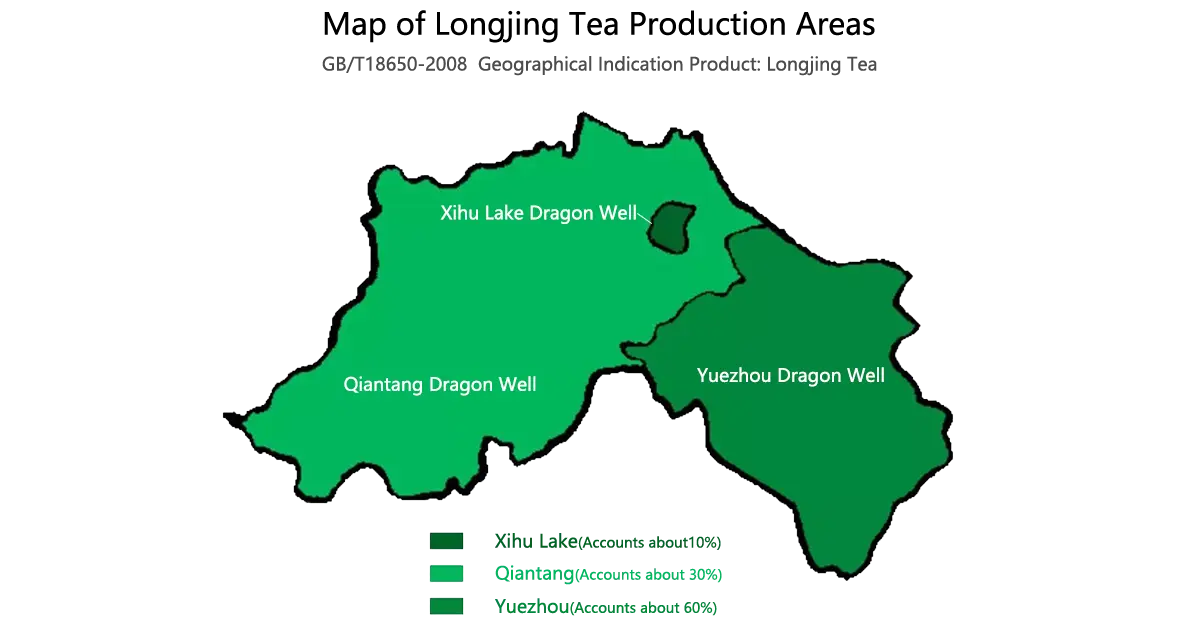
(“Accounts” refers to the percentage of production volume)
The Grade #1 growing area covers only 11.51 square miles. To put that in perspective, Manhattan is around 22.81 square miles. So, the prime Xihu zone for Longjing is roughly half the size of Manhattan.
When you visualize how small that is, it’s clear why genuine Xihu Longjing quantities are so limited. Even scaling up to the fuller 35 square mile protected area, Xihu Longjing hails from a diminutive locale compared to major tea regions. The confinement drives prestige and sky-high prices.
” In 2022, longjing tea production was stable at 502 tons, valued at 560 million RMB. Brand value rose to 7.905 billion RMB, ranking first nationally in China. “
With a population of 12.37 million in Hangzhou, the annual production of 502 tons of Longjing tea amounts to only around 1.15 oz per resident.
To put those scarcity economics in perspective, Hangzhou locals get barely enough top-grade Xihu Longjing each year to fill a single teacup.
Quantities are so limited that per capita consumption is miniscule, even in the tea’s hometown. Most output gets purchased by wealthy Chinese collectors or exported abroad at premium pricing.
Buying even small quantities for Xihu Longjing devotees outside China takes profound connections and cash.

Even within the 11.51 square miles of the Grade 1 region, there are 5 sub-appellations with varying prestige: Lion Peak Mountain, Longjing Village, Yunqi Mountain, Hupao Spring, and Meijiawu Village.
Of these, the most prized Xihu Longjing hails from Lion Peak Mountain.
Beyond geographical subtleties, there are 3 main Xihu Longjing cultivars: the blended varieties, Longjing #43, and long-leaf Longjing.
Other regions also cultivate their Longjing varieties: Dafuo Longjing in Xinchang, Yuexiang Longjing in Shengzhou, and Fuyang Longjing in Fuyang.
Xihu Longjing’s value also stems from its unique growing environment. The Grade #1 area is cloaked year-round in misty fog, a landscape known as fog forest. Dense morning mists and cool nights set this hilly zone apart. The distinctive white sandy loam soil perfectly suits Longjing tea trees.
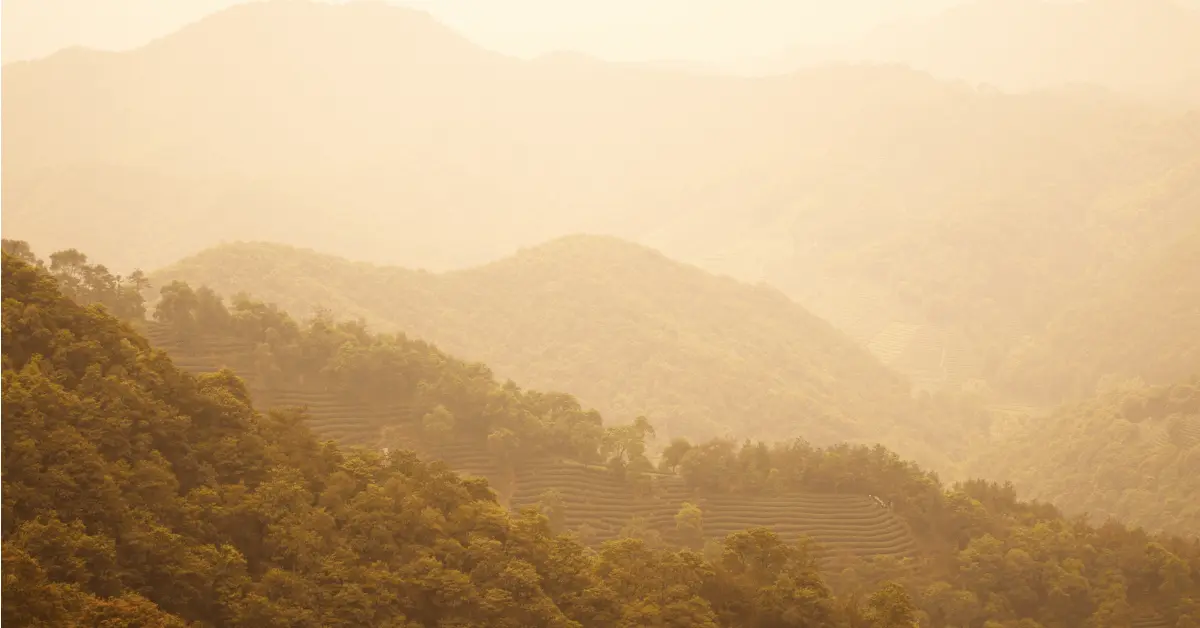
This singular terroir imbues Xihu Longjing with its prized flavor. The climate, soil, and topography lend the leaves their jade color, nutty aroma, and mellow taste.
Nowhere else can replicate the mystical conditions that produce Longjing tea’s sublime character. Xihu’s singular fog-veiled hills yield a transcendent cup year after year.
Grade #2 Growing Area
” The second tier of Longjing, just below the premier Xihu grade, costs around $200-1000 per 500g. It’s elusive, but it is possible to source before harvest season in early spring. “
In the weeks before the Qingming Festival (around March 18th annually), travel to Grade #2 regions in Hangzhou. You can arrange advance orders with local growers before picking starts. Though still expensive, secondary Longjing offers a more attainable taste of West Lake’s famed early-season harvest.
Grade #2 surrounds the Grade 1 area. They include Longwu Township, Liuxia Town, Zhuantang Town, and Zhoupu Town.
An intriguing history underlies these Grade #2 areas. Centuries ago, they produced a different green tea called Chichiang tea. It had distinct processing, but it was almost like Longjing tea, just some difference in the picking process.
As Longjing gained national acclaim, local farmers took the initiative to learn its techniques. Over hundreds of years of evolution, these former Chichiang tea regions transformed into the Longjing producers we know today.
This story illustrates the power of Longjing’s reputation, which motivated surrounding villages to adopt its methods.
Their perseverance was rewarded with access to the lower tier, though the original Xihu Longjing remains in a league of its own. This fascinating pivot from Chichiang green tea to secondary Longjing took generations to perfect.
The Grade #2 growing area spans 23.5 square miles, slightly larger than Manhattan. With an annual output of around 752 tons, Hangzhou residents can enjoy about 2.15 oz for each one per year.
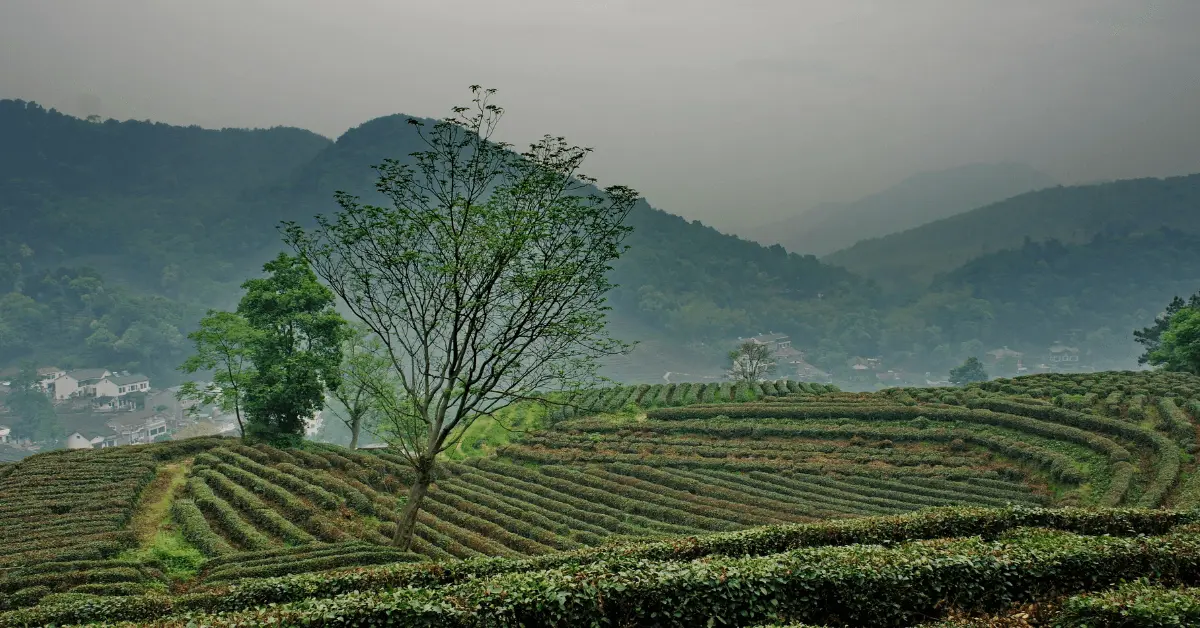
While still tight, this per capita ratio is about 2 times higher than for top-tier Xihu Longjing.
The broader Grade #2 geography and faster-growing cultivars relax constraints relative to the tiny Grade #1 zone.
This enables more satisfied local aficionados and exports abroad. Yet supply still falls short of soaring international demand. Securing your stash is a challenge without sourcing directly from Hangzhou.
Qiantang Longjing and Yuezhou Longjing
Qiantang Longjing occupies the middle price tier for traditional Longjing, running $50-600 per 500g. It is still elusive to find, though more accessible than top grades.
Comparatively, Yuezhou Longjing offers the most affordable authentic daily drink. Expect to pay $20-300 per 500g. The larger growing region makes Yuezhou the best value for pure Longjing flavor.

Others
As mentioned, the main non-Xihu Longjing teas are Big Buddha Longjing from Xinchang, Yuexiang Longjing from Shengzhou, and Fuyang Longjing.
Per the official standard Product of Geographical Indication – Longjing Tea (GB/T 18650-2008), these are technically just green teas produced using Longjing methods. They don’t qualify as true Longjing.
Only West Lake Longjing, grown in protected Hangzhou regions, can claim that prestigious designation. The similar names of Dafou, Yuexiang, and Fuyang mislead some buyers. But these remain distinct green teas lacking Xihu Longjing’s singular terroir. Authentic Longjing hails solely from the misty hills surrounding West Lake.
Many vendors exploit this ambiguity, marketing non-Longjing teas as authentic West Lake Longjing. This commodification risks diluting China’s tea culture.
Fortunately, the Xihu Longjing Tea Association recognized the issue and rapidly introduced anti-counterfeiting codes. Now, every box of Longjing from the protected origin carries a unique identifier.
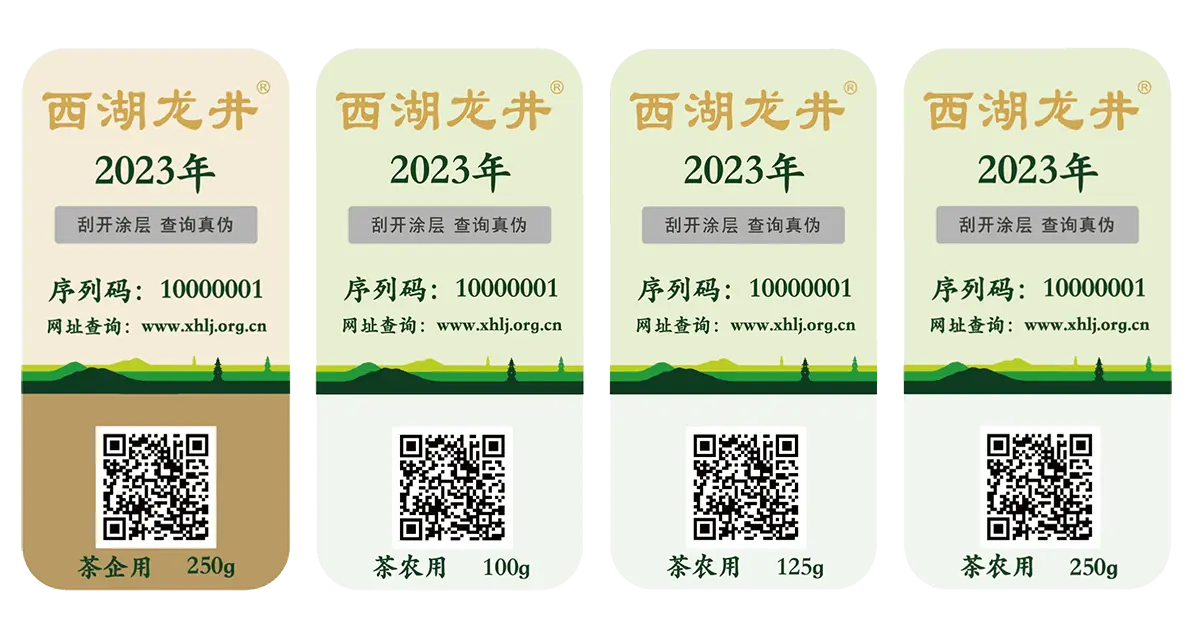
At this point, you can see how cultivar and origin drive significant Longjing price differences. But it does not mean a $1500 Longjing tastes substantially better than a $1000 one.
Unless you’re a more seasoned tea master than my father, you likely can’t discern subtleties warranting such premiums.
So don’t fret if those astronomical grades are inaccessible. For most drinkers, even mid-range offerings deliver that quintessential Longjing experience.
Focus more on enjoying your cup’s beautiful jade leaves and fresh chestnut flavor. With mindful appreciation, a humble Longjing still brings profound joy.
Now that you understand the inherent factors of origin and cultivar influencing Longjing pricing, you may wonder – what human-controlled elements also drive costs? Let’s explore how season and production methods impact quality and value.
Season and Production Process of Longjing Tea
Season
By now, you grasp the concepts of pre-Qingming and pre-rainy season Longjing, along with their key differences. So, rather than rehashing those basics, I’ll focus on illuminating the intricate production techniques.
Longjing Tea Picking Process
1. Picking
Raw fresh tea is crucial. Xihu Longjing dictates a “two leaves, one bud” standard. Each shoot has two leaves extending with one fresh bud in the center, forming a sparrow’s tongue shape resembling an orchid blossom.
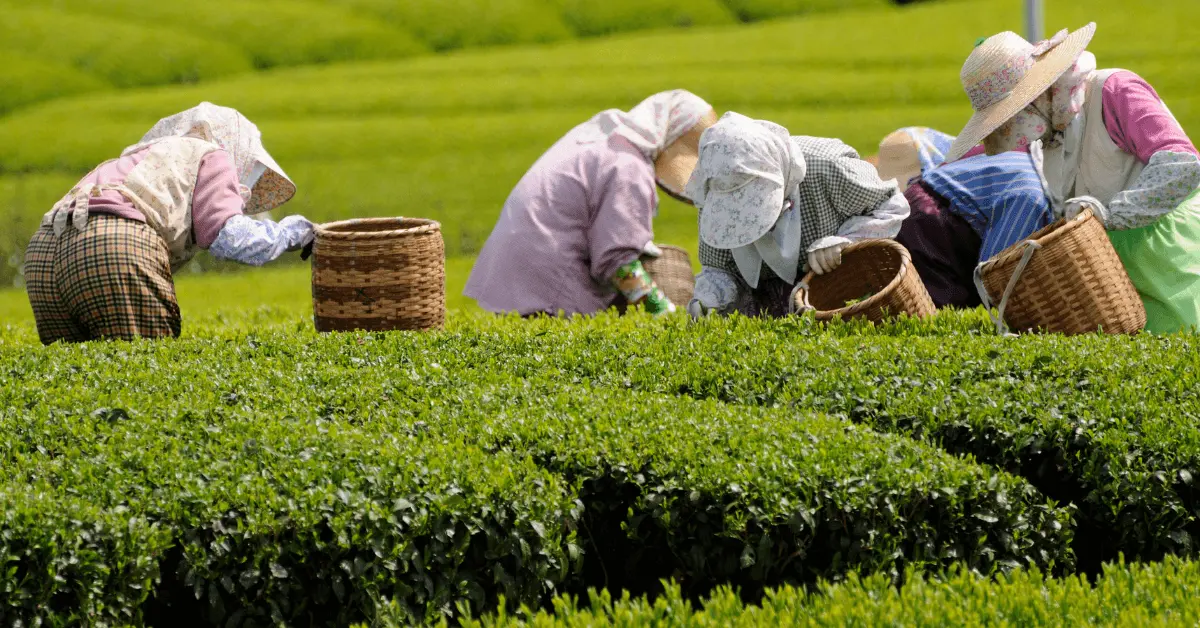
2. Initial Screening (2-5% Waste)
Larger, older leaves get filtered out along with stems and impurities. This step ensures optimal frying and improves the final product’s appearance.
Dragon Well Tea Traditional Frying
Wok temperature 200-220°C for 15-20 minutes.
Purpose: Frying produces steam from the tea leaves’ internal moisture. As this vapor rapidly evaporates, enzymes are deactivated. This retains the leaves’ original color, aroma, and flavor.

2. Re-hydration
Place the tea leaves that have the fixing process in a cool place for around 3 hours.
Purpose: Leaves become pretty dry after fixing. Re-hydrating restores moisture content. This prevents leaves from crumbling during the final pan-firing if they go in overly dry.
3. Pan-Firing
Process only 3-4 ounces at a time for around 15 mins, wok temperature around 100°C.
Purpose: This shapes the leaves attractively and boosts aroma, creating the iconic twisted spearhead shape. Compressing the leaves made transport and storage easier in ancient times before advanced infrastructure. This aided Longjing’s widespread fame despite limited transportation then.
4. Second Screening
Purpose: Removing broken leaves and larger pieces evens out the size for optimal appearance. Around 5-10% waste at this stage.
5. Ash Absorption
Place cloth-wrapped lump lime in sealed bags at a 10:1 ratio, then put bags in the center of tea-filled wooden chests for about 7 days.
Purpose: This enhances aroma and prolongs shelf life. The alkaline lime minimizes acidity for improved aging potential.

Traditional Hand-crafting vs Mechanized Processing for Longjing Tea
- Traditional hand-crafting relies heavily on an artisan’s sense of smell to judge precise firing points.
- Experienced masters coax out Longjing’s optimal flavor and appearance, which is impossible to replicate mechanically.
- Mechanization helps offset labor costs and, more importantly, production constraints. The brief early spring harvest yields limited leaves, yet hand-processing just 500g takes around 5 hours. Scaling up manually can’t satisfy market demand.
- Thus, hand-crafting kept the season’s best leaves to create elite offerings. Machine processing handles the bulk for efficiency, but masters lovingly handle the finest batches to maximize quality.
What You Learned about Longjing Tea
Origin: Grade #1 and #2 regions, Qiantang, Yuezhou, etc. Price varies based on origin, with Grade #1 and #2 being the most expensive.
Cultivar: Blended varieties, Longjing #43, and others. Rarity and flavor differ.
Season: Like most green teas, Longjing has spring and summer harvests.
Processing:
- Picking requires standards for premium grades.
- Production methods differ. Mechanized is efficient but lower quality, while hand-crafting is time-consuming but delivers better flavor.
Conclusion
I believe much of this was new, as few tea educators share insider knowledge on counterfeit “Longjings.”
My goal is to provide tea lovers with an accurate, complete story. If you also want to spread awareness, please share this article with fellow enthusiasts. Together, we can spark insightful discussions.
If you have any other Longjing questions, please leave us comments below! I’m always happy to clarify this fascinating tea’s intricacies for readers like you. The more we collectively explore and exchange perspectives, the deeper our appreciation grows.
Finally, I suggest reading this ultimate guide to help you understand Dragon Well tea fully.


